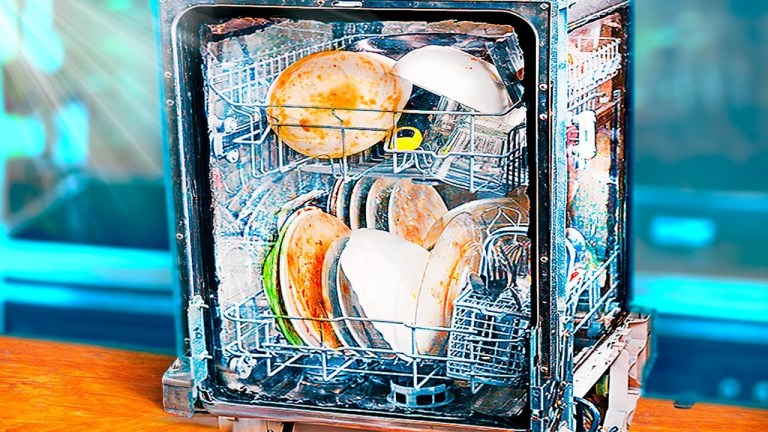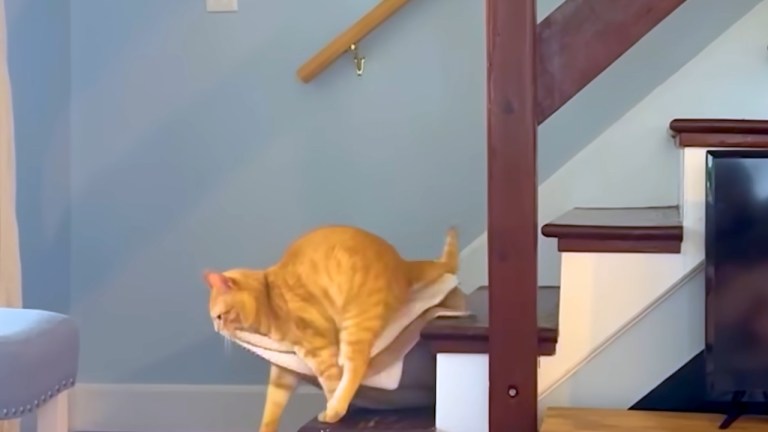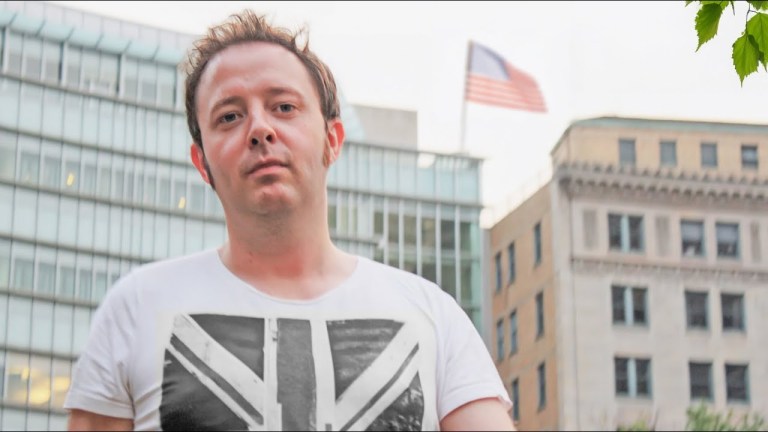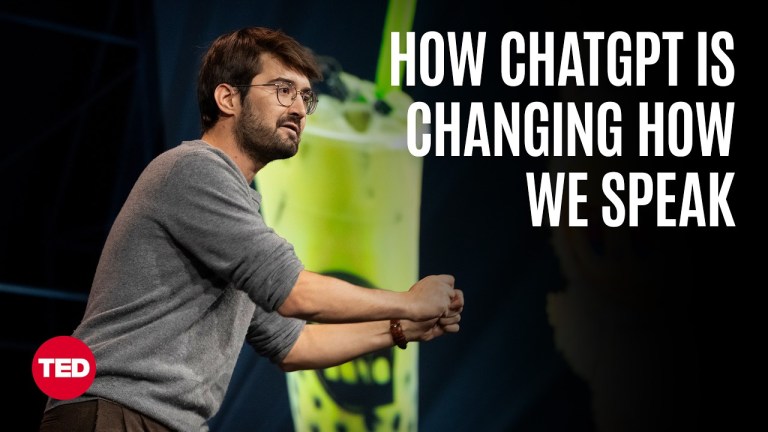How Ray Harryhausen Used Layered Shots to Incorporate Live Action With Stop Motion Animation
Andy M. Saladino of the Royal Ocean Film Society examines the career of legendary filmmaker Ray Harryhausen, specifically how he combined live action with early stop motion animation. This technique, which was dubbed “Dynamation”, allowed Harryhausen to create larger-than-life interactive scenes, all within the budget he was given for the film.

To incorporate these models (skeletons, alligators, monsters from the deep), Harryhausen used a split screen process with rear projection to film the background image. He then placed the “monster” atop an animation stand and shot it from behind. To complete the shot, Harryhausen would place a sheet of glass between the stand and the second camera, strategically blocking out images within the scene in a specific order. Here’s a shot from the 1953 fim The Beast From 20,000 Fathoms that uses this very technique.
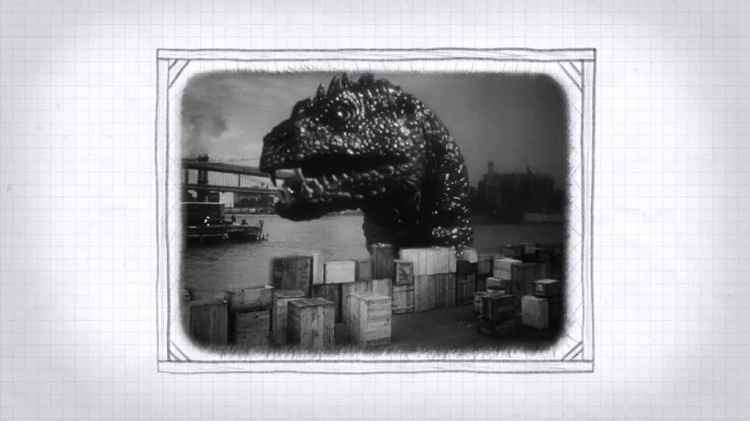
The final version of the shot has the model emgerging in front of the horizon line but behind this line of crates. To place the creature between the two and to do it in camera, Harryhausen would place a sheet of glass in between his camera and the animation table and create two versions of the same shot. For the first, he would apply black paint to everything below the lines of crates, leaving only the model and the rear-projected image for the camera to see. …When he was done, he would wind the film and go back to the start of the shot but this time he would do the opposite.

